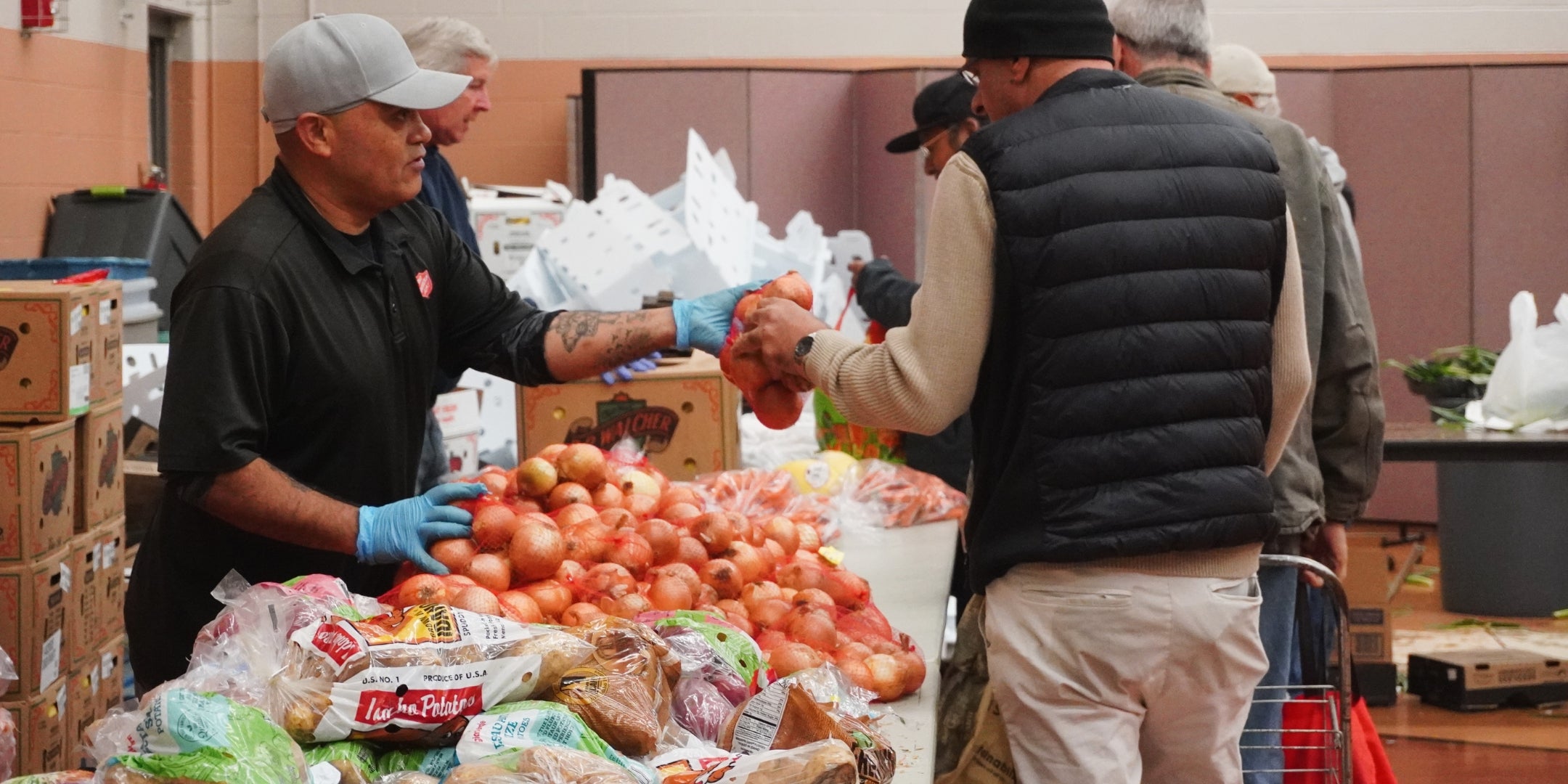How You Can Help People in Need During SNAP Cuts

When families lose access to SNAP (Supplemental Nutrition Assistance Program) benefits, the ripple effect can be immediate and overwhelming. Grocery budgets vanish overnight. Parents are forced to choose between feeding their children and paying the rent. Seniors skip meals so prescriptions can be filled.
At The Salvation Army, we see these challenges up close. Every time government shutdowns or policy changes interrupt access to food assistance, more people turn to food banks, food pantries, and community-based programs just to stay afloat.
If you’re wondering how to help, this guide outlines simple, meaningful ways to stand with neighbors facing hunger today.
Why SNAP Cuts Hurt So Many People
SNAP is one of the most effective tools for preventing food insecurity. It helps low-income individuals and families afford groceries, if only just enough to get through the month.
But when benefits are reduced or delayed, that safety net disappears.
Some of the hardest-hit groups include:
-
Working parents who earn too much to qualify for emergency food programs but not enough to cover groceries
-
Older adults on fixed incomes
-
Families in rural areas with limited access to food retailers
-
People who’ve recently lost jobs but aren’t yet approved for aid
Even a short-term disruption in SNAP benefits can lead to long-term consequences—missed meals, health complications, and emotional distress.
How The Salvation Army Responds
In communities across the U.S., The Salvation Army operates food pantries, mobile food services, and meal programs to help fill the gap when SNAP falls short.
We also:
-
Offer rent and utility assistance to ease other financial burdens
-
Provide case management to connect individuals with long-term support
-
Partner with local organizations to extend the reach of food and housing programs
During government shutdowns and natural disasters, we often remain on the ground long after others leave—ensuring that no one is left behind as conditions stabilize.
Here’s how to make a monetary donation to help The Salvation Army in our fight against hunger.
What to Donate to Food Banks and Food Pantries
One of the easiest ways to help is to donate items your local food pantry can distribute directly. Here’s what’s most useful:
Food Items:
-
Canned meats and beans
-
Pasta, rice, oats, and cereal
-
Shelf-stable milk or milk alternatives
-
Canned fruits and vegetables
-
Peanut butter and pasta sauce
-
Shelf-stable baby food
Non-Food Essentials:
-
Diapers and wipes
-
Feminine hygiene products
-
Toiletries like soap, shampoo, toothpaste
-
Cleaning supplies and laundry detergent
Be sure to avoid expired items or anything needing refrigeration unless your pantry accepts fresh goods.
Pro tip: Always call ahead or check with your local Salvation Army food pantry to confirm what items are needed most.
Other Ways You Can Help
If donating food isn’t an option, there are still impactful ways to get involved:
-
Volunteer your time at a food distribution site or pantry
-
Start a local drive at your workplace, school, or faith community
-
Give financially to help us purchase food in bulk at reduced cost
-
Spread awareness—especially during shutdowns or benefit changes, when many people don’t realize others are going hungry
These actions, even in small amounts, help stabilize families during uncertain times.
When Systems Fail, Communities Step In
Whether caused by political gridlock or changes to eligibility rules, the loss of SNAP benefits can push vulnerable families to the brink. But community support can make the difference between hunger and hope.
With your help, The Salvation Army can continue providing food, dignity, and practical help to those who need it most.